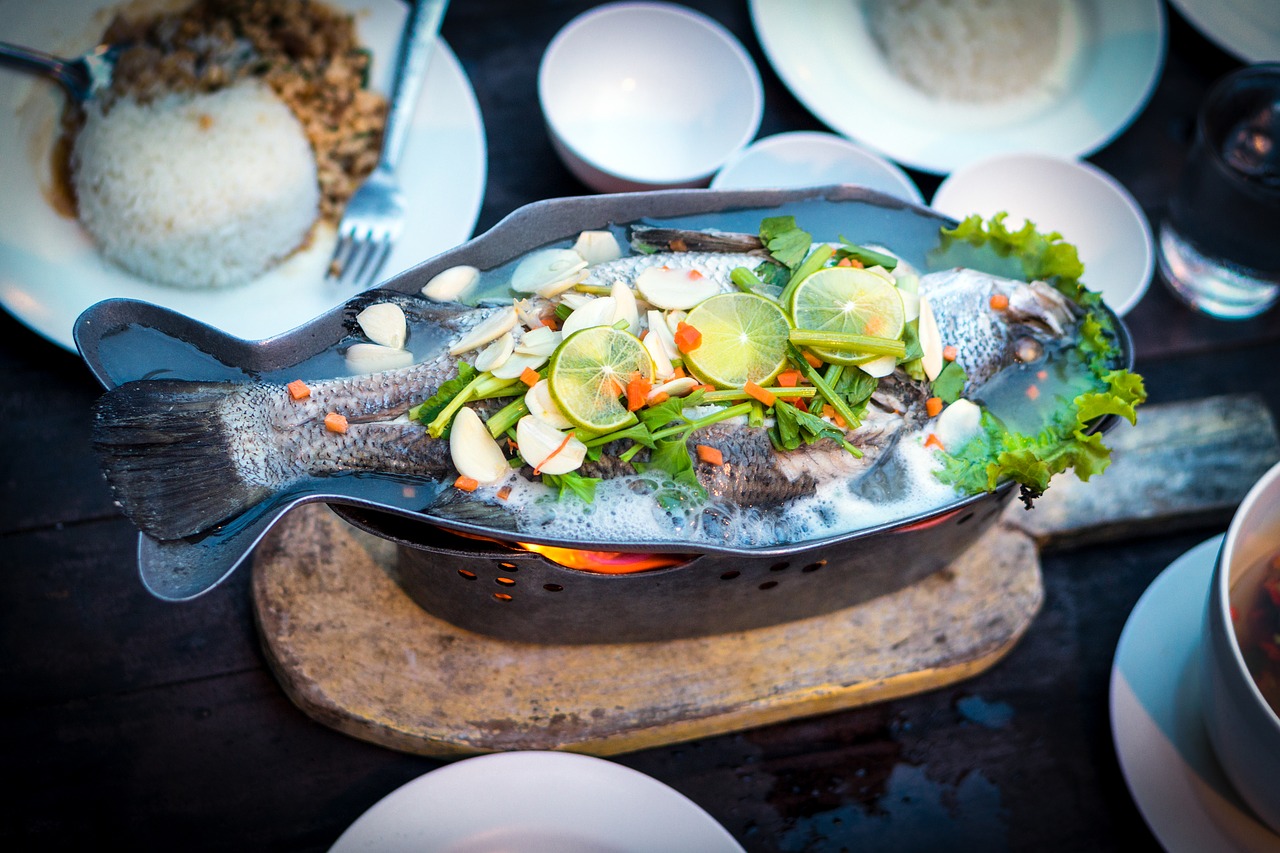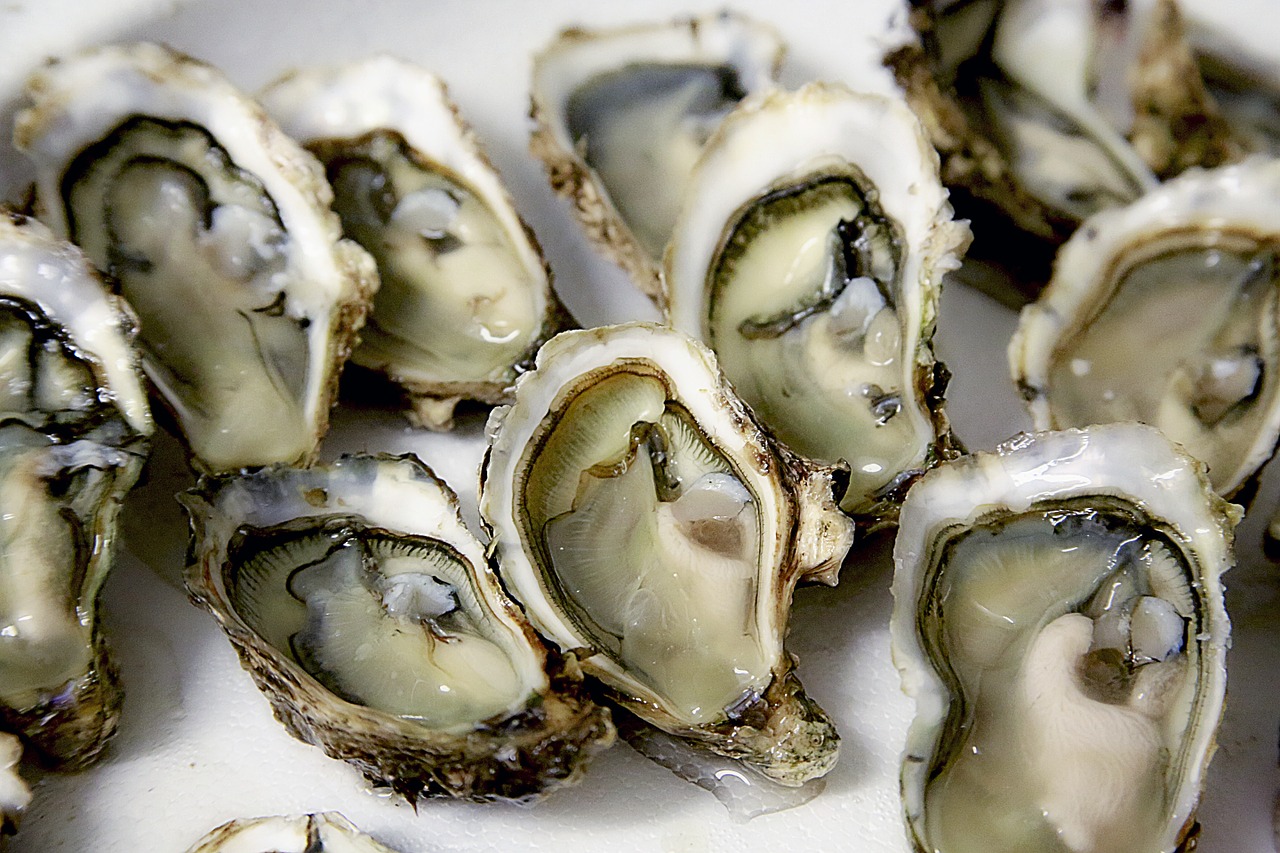
Anthropologists trace human consumption of seafood back at least 40,000 years. Isotopic analysis of the remains of a Tianyuan man from the Upper Paleolithic Period reveal he regularly ate freshwater fish.
From Ancient Egypt to modern-day America, we look at changing tastes in seafood over millennia.
1. Ancient Egypt had a thriving seafood industry.
Ancient Egyptians salted fish as a means of preservation. Curing was so important in this culture, in fact, that only temple officials were permitted to perform it.
One of the oldest methods of curing fish is dehydration. Salt-curing and smoking fish also date back thousands of years. There is historical evidence of Jewish people using salt from the Dead Sea to cure fish and meat as far back as 1600 BCE.

2. Salted cod fish remains popular in Portugal today.
Salted cod fish, or Bacalhau, is a staple of Portuguese cuisine. With more than 365 different Bacalhau recipes in Portuguese cookery, there is one for every day of the year.
To cure codfish, it is smothered in a large amount of salt and then dried under the hot Mediterranean sun. This ancient method of curing means fish can be stored safely at ambient temperatures without being spoiled by mold or bacteria thanks to the high concentrations of salt.
This method of preservation made Bacalhau particularly useful to the Portuguese Navy in the 1400s. It provided a valuable protein source that sailors could pluck straight from the oceans and preserve relatively easily.
To prepare Bacalhau, Portuguese cooks first soak the fish in freshwater for at least 24 hours, carrying out several water changes to dissipate the high levels of salt. They then either slice it into steaks or shred the cured cod into one of many regional dishes.
3. Seafood remains popular in Japan, where eating meat was banned.
Meat fell out of favor in Japanese culture in the 6th century, thanks largely to the arrival of Buddhism from nearby Korea. Up until then, the Japanese consumed meat voraciously, with wild boar and venison particularly popular.
Buddhism teaches that after we die, we come back as other living beings, including animals. Meat eaters therefore run the risk of consuming their own reincarnated ancestors. As the religion became established, Japanese society moved away from eating meat.
For more than 12 centuries, Japanese rulers banned meat eating. Beef was particularly taboo, with certain legislatures imposing a 100-day fast on anyone caught eating it. From 675 BCE, when Emperor Tenmu issued an official decree banning the consumption of horse, dog, chicken, cattle, and monkey. Right up until Emperor Meiji took power in 1868, meat eating was largely avoided in Japan.
Today, on average, Americans eat around 3 ounces of fish per week. This is the same amount the Japanese person eats in a single day.
4. Oysters and lobsters were once considered the food of the poor.

Today, these luxury foods attract high prices, but this has not always been the case.
The Ancient Romans developed the world’s first commercial oyster farms. When collected, oysters close their shells tightly. They become impenetrable, trapping saline water inside. This makes them easy to transport. Ancient Romans would shovel the oceanic edibles into barrels, carting them across cities and keeping them in storage, sometimes for weeks at a time. The oysters stayed alive and kept fresh.
Similarly, humans have consumed lobsters and other crustaceans for centuries. They were historically plentiful, surviving in a range of sea temperatures. Lobsters are also relatively easy to catch. Like oysters, their ability to survive out of the water facilitated long periods of transportation. This made them easier to distribute than other types of fresh fish.
5. By 2023, the global seafood industry will be worth more than $150 billion.
The seafood industry does face a problem, however, that could potentially impact upon its profitability. Analysts estimate that approximately 90 percent of fish stocks are overfished.
Nevertheless, by implementing traceability and best fishing practices, the United States now leads the world in terms of sustainable fishing. By 2030, the US aims to ensure that more than 60 percent of its seafood products are produced through aquaculture.
The amount of seafood the average person eats annually is rising globally. While per capita consumption was just 20 pounds per year in 1960, it is closer to 40 pounds on current figures. Today, fish products account for approximately 17 percent of global protein consumption.
More and more fisheries are turning to aquaculture, reducing burdens on wild fish stocks. Analysts estimate that around 83 million tons of farmed seafood was produced globally in 2017 alone.
Today, of all wild-caught seafood consumed in the United States, around 99 percent comes from sustainable sources. Thanks to the policy goals of the MSA and federal fishery management, the United States has established itself as a world leader in sustainable fishing.
